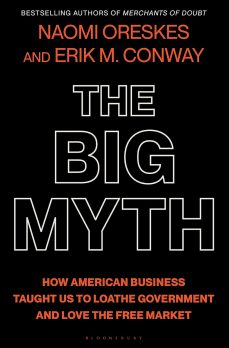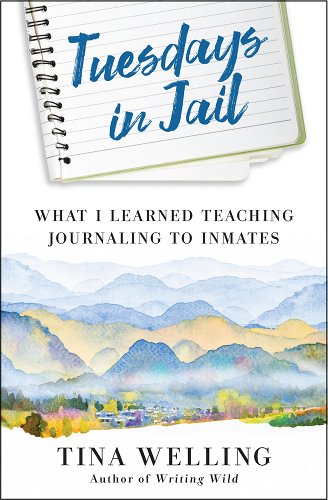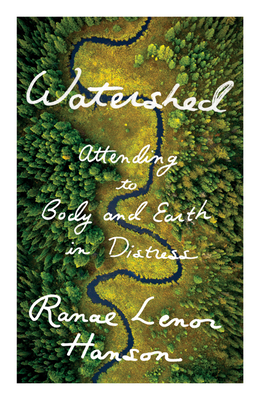How American Business Taught Us to Loathe Government and Love the Free Market
Naomi Oreskes and Erik M. Conway
Bloomsbury ($35)
Dislike of government and antagonism towards science, labor unions, and social programs are neither coincidental nor unplanned, as Naomi Oreskes and Erik M. Conway point out in their latest book, The Big Myth; these sentiments have been part of intentional public relations campaigns for over a century. In their follow-up to Merchants of Doubt: How a Handful of Scientists Obscured the Truth on Issues from Tobacco Smoke to Global Warming (Bloomsbury, 2010), the authors, both historians of science, name this the philosophy of “market absolutism or market essentialism.” As they state from the outset, “This is the story of how American business manufactured a myth that has, for decades and to our detriment, held us in its grip. It is the true history of a false idea: the idea of ‘the magic of the marketplace.’”
Oreskes and Conway describe market fundamentalism as “the belief that free markets are the best means to run an economic system but also the belief that they are the only means that will not ultimately destroy our other freedoms.” The introduction is illustrated with a 1950s ad from a consortium operating under the name “America’s Independent Electric Light and Power Companies”; the freedoms listed in the ad include a Holy Bible, a door key, a pencil, and a free ballot. At that time, private utilities lobbied against electric co-ops and served only more lucrative areas, keeping millions of rural Americans in the dark: “Rural customers wanted electricity as much as their urban counterparts—and many observers argued that they needed it more—but electric utilities had neglected them.”
The authors smartly refocus some themes from their previous book within their new framework; for example, they label climate change “a market failure, because markets, acting illegally, failed to provide what people need and created a problem that markets have proven unable to solve.” The National Electric Light Association (NELA) was founded in 1885 as the industry expanded, and by the 1930s, it lobbied not only against electric co-ops, but also against government projects such as the Hoover Dam. Its campaign, the authors explain, “was based on dubious and historically misleading assertions, misrepresentations, half-truths, and in some cases outright lies.” NELA claimed that “Government involvement in electricity generation or distribution would be inappropriate, socialistic, even tyrannical.”
Drawing from many primary sources, Oreskes and Conway show that by the 1920s, the National Association of Manufacturers (NAM) “already had a long history of working to prevent business regulation by state or federal governments and, above all, fighting unions.” NAM funded a massive campaign to convince Americans that big business’s interests were their interests. They made a rhetorical shift from “private enterprise” to “free enterprise,” a term still used a century later. They named this campaign the “Fight for Freedom!” To reach a broader audience, NAM used a series of sixteen posters, with captions such as “The real threat to workers’ interests is taxation,” a theme that resonates in political outcomes today. Knowing that many workers would be unlikely to read commentary in The New York Times, they used comic strips like Uncle Abner Says to reach a mass audience. The authors contend that such propaganda had long-lasting effects on Americans’ beliefs:
NAM members didn’t just manufacture cars and carpets; they manufactured a myth. They would spend the ensuing decades bolstering its intellectual credentials and embedding it in the bedrock of American culture, to the point where myth would be mistaken for age-old truth.
Oreskes and Conway document that NELA, NAM, and the American Liberty League all claimed “that government ‘intervention’ in the marketplace was a radical departure from American history” and cite numerous examples to show that this claim was false. With canals, roads and railroads, governments supported infrastructure development, including New York State’s Erie Canal Corporation. Slavery was regulated and abolished by state and federal government intervention. Furthermore, they point out, NAM “also had to skate over its own history. NAM was created in the late nineteenth century to advocate for federal imposition of protective tariffs, and to encourage the U.S. government to build the Panama Canal.”
The chapter “A Questionable Gospel” details efforts to reconcile laissez-faire business practices with Christian arguments for social justice. For instance, Los Angeles Congregational minister James W. Fifield built “an influential conservative movement, known as Spiritual Mobilization, whose goal was to convert mainline Protestant leaders and their parishioners into market fundamentalists.” The authors likewise document the ongoing influence of business on religion: “captains of American industry had found a way to turn Protestant theology on its head, from embracing the poor to celebrating the rich.”
American antagonism towards science and government regulations has hindered action on global climate change, the authors maintain—an argument they developed thoroughly in their first book. “To accept the enormity of what climate change portended for civilianization was to accept that capitalism, as practiced, was undermining the very prosperity it was supposed to deliver.”
In concluding, Oreskes and Conway cite the Covid-19 pandemic and the opioid crisis. As they put it: “Overreliance on markets and underreliance on government have cost the American people dearly. And this has been the case during both Democratic and Republican administrations since Bill Clinton.” Government, they argue, is the solution to many of our biggest problems—and it always has been.
Click below to purchase this book through Bookshop and support your local independent bookstore:
Rain Taxi Online Edition Fall 2023 | © Rain Taxi, Inc. 2023







